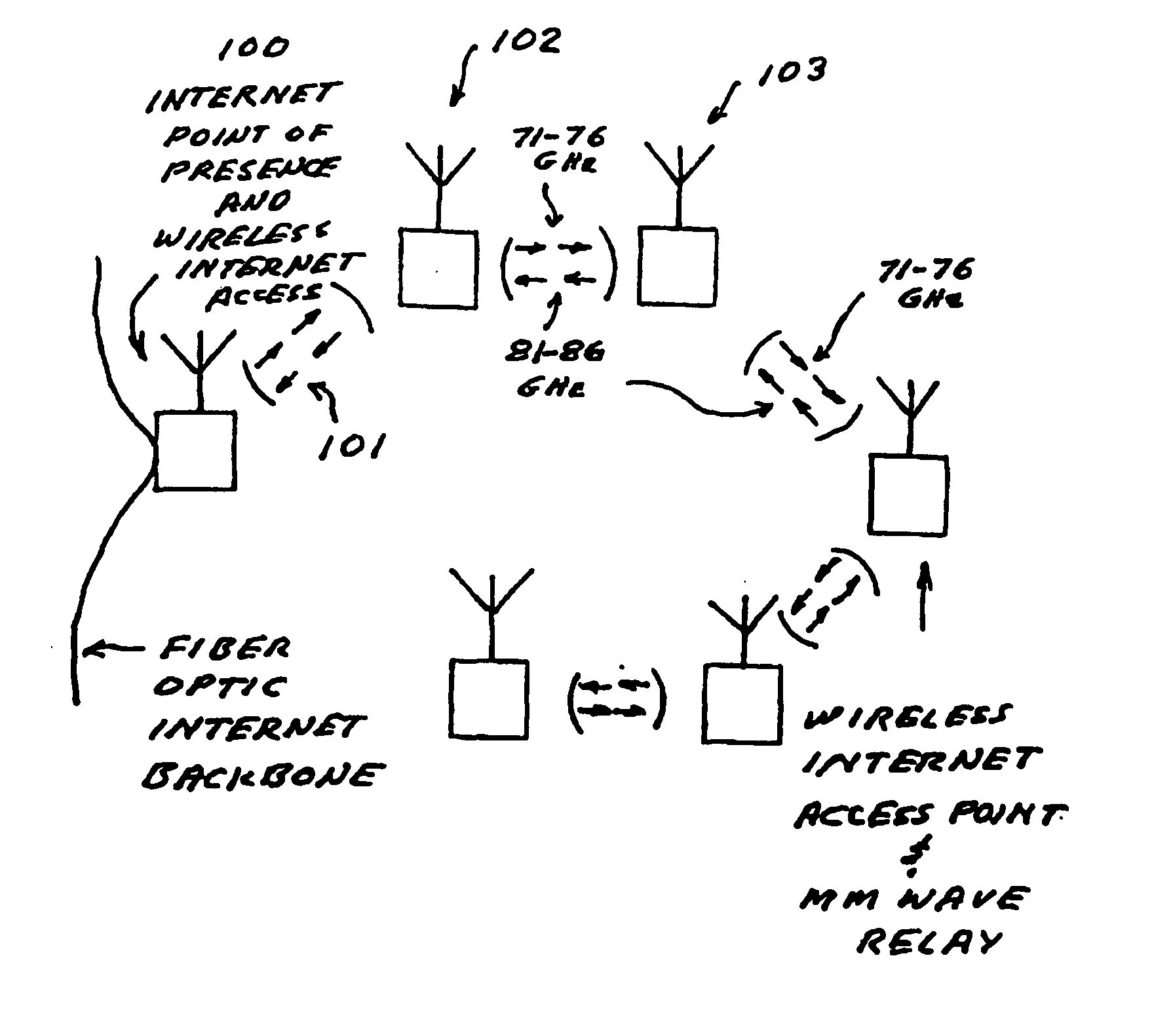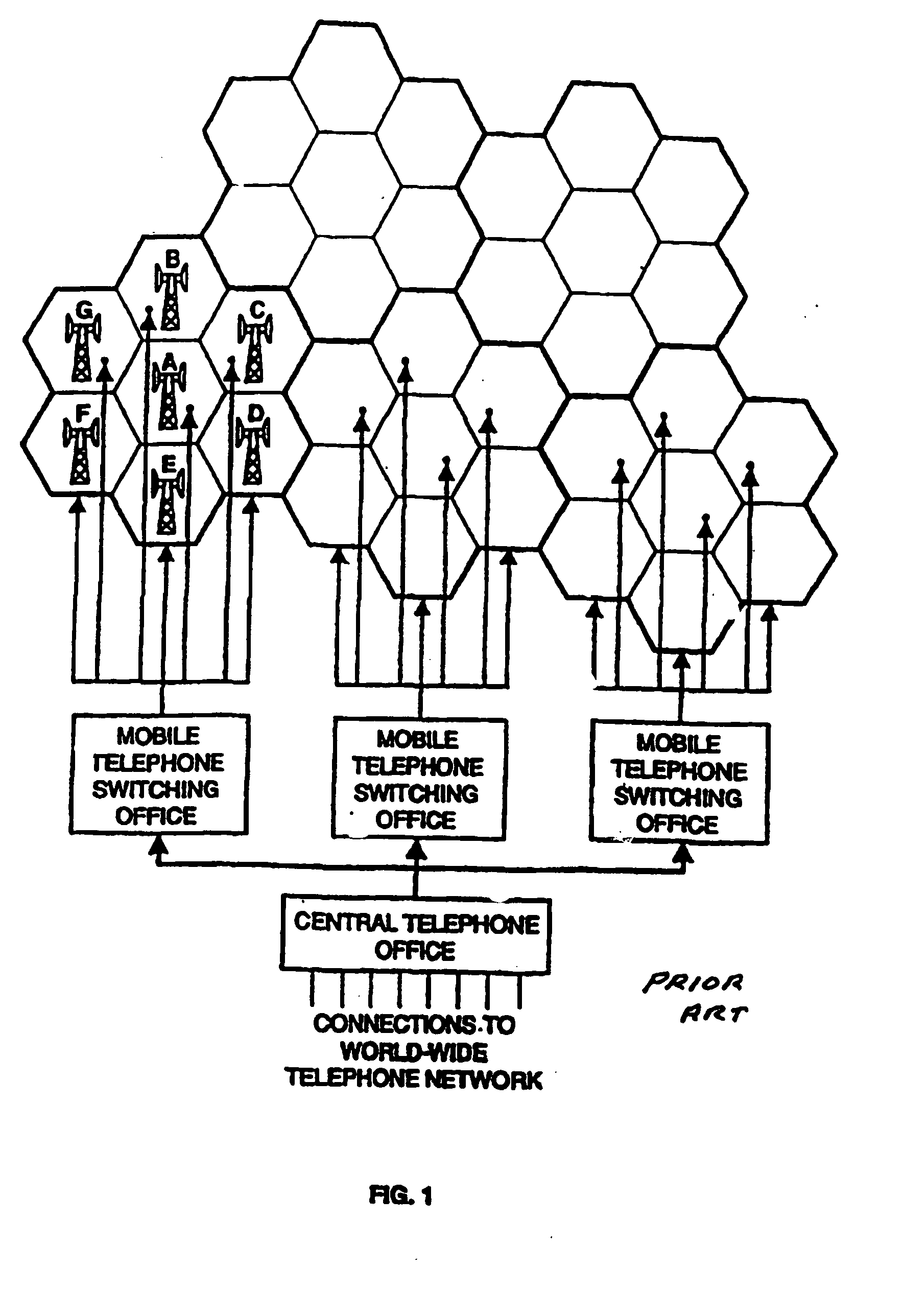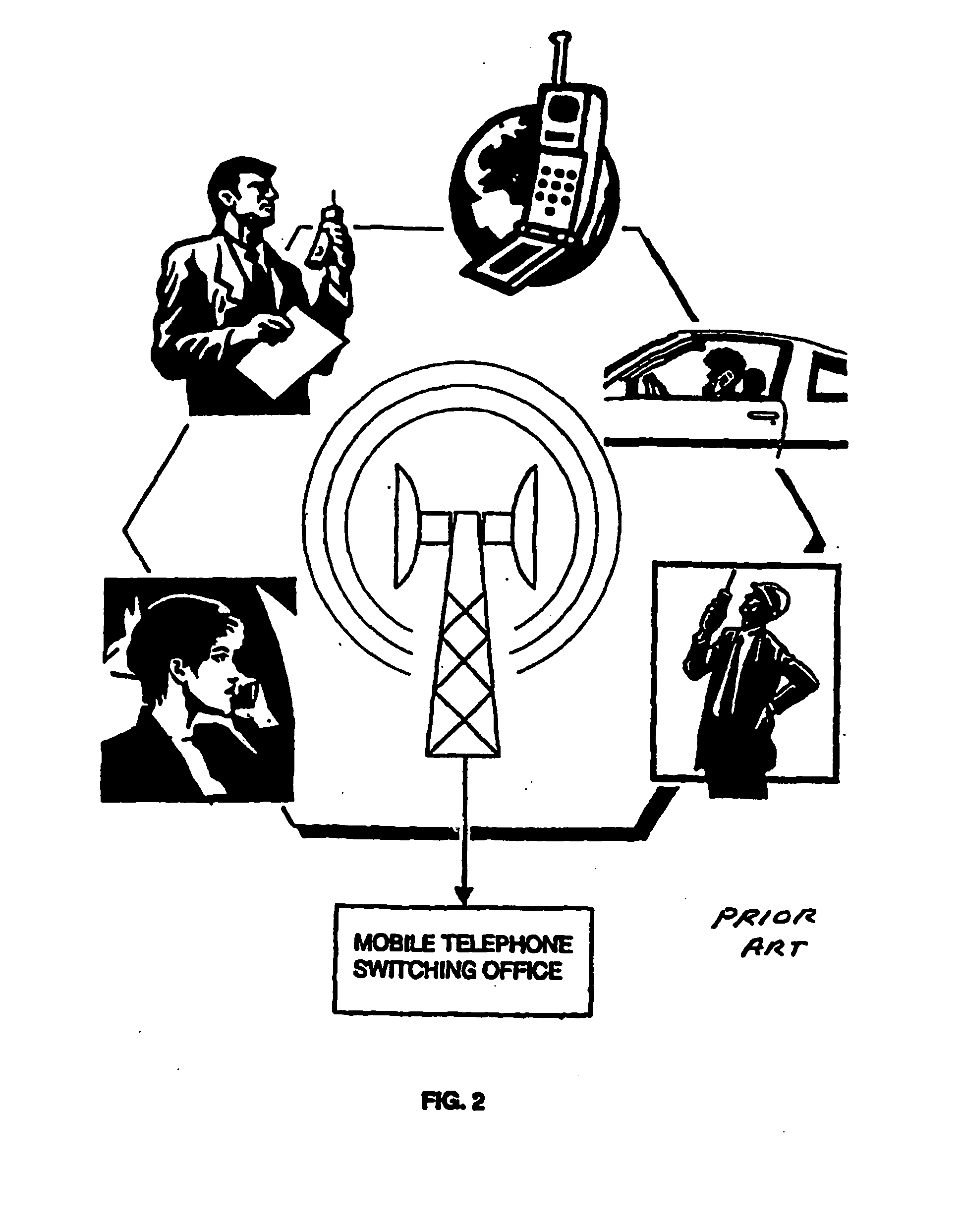Due to
limited access to the spectrum, these services typically have relatively high
quality of service, especially as compared with Wi-Fi systems that typically rely on unlicensed spectra.
Third generation services will require on the order of four to six T1 lines, which will result in large increases in costs for
wireless service providers.
In addition, the nature of
data transmission from video, camera downloads and enterprise distribution of data—the factors that are propelling the need for increased backhaul—is that the bandwidth growth is much more unpredictable than voice.
This will result in transmission or
receipt of large amounts of data from a relatively small number of users in a
cell site.
Distribution of information over any network is subject to many sources of failure, some of these sources are listed below:Path failure—the connection between any two sites (with the proliferation of sites and the inherently lower reliability in a
wireless network, the opportunity for path failure increases substantially;
Machine failure—the failure of servers throughout the network, which of course will increase as cellular
base station servers are added to
network complexity;Region / Rack Failure—the failure of whole regions of the network due to
machine or
software failures or external sources such as power failures, which also will increase as cellular providers suffer these failures;Network failures from
downtime at
Internet Service Providers; andGlobal Internet failure from worms and other attacks.
There are several inherent deficiencies of wireless
system as compared to wire line systems.
The first set of limitations stems from the limited bandwidth of wireless as compared with wire line distribution and the more error-prone distribution channels.
Wireless distribution is inherently lower in bandwidth and also has inherently higher bit error rates.
In addition re-transmissions needed to recover from these errors induce variable
delay across wireless channels.
A second set of problems stems from the mobility of wireless clients.
When mobile users move from one
cell to another, the handoff mechanism results in interruption of an ongoing session.
As a result, (i) different channels may vary significantly in
signal, (ii) the handoffs almost always result in
packet loss resulting in further losses on top of the inherent loss in
wireless systems and (iii) relative path lengths to from
server to clients varies as
client move across the network.
Unfortunately, that is not necessarily the case as the following examples illustrate.
If this has to happen in real time or at least very often, it can place huge constraints on the network.
It uses this quorum-based approach because
database mirroring proved to be impractical when taking into account the need to acquire
software licenses for the
database program employed and because of the difficulty of tracking network problems in a generic way through one
database (thus preventing the successful implementation of an auto-replicating database).
This leads to a significant amount of network traffic overhead when the tables are kept synchronized between multiple servers.
Most existing approaches simply do not allow more than one load balancing DNS
server to be authoritative for a given
domain name when using persistence.
These factors lead to delays due to the higher buffering used to deal with bandwidth mismatches between network links and the available bandwidth in the
wireless network.
The resulting delays and packet losses translate into the kinds of network failures that content
distribution networks are designed to overcome.
The problem is especially great for large files such as
live video transmission files.
The proliferation of high-bandwidth services, however, runs counter to this trend and jeopardizes the integrity of CDN's.
As a result large files result in more caching and buffering.
In any case as large files are increasingly distributed over lower bandwidth wireless networks, the risk to overall
network performance increases.
The
server, however, does not rise to the level of functionality provided in a CDN or
digital rights management network.
In addition to the complexity associated with the distribution of the content, there is also the issue of
digital rights management associated with ensuring that only users entitled to data receive it.
In conjunction with the above availability requirements, weather-related attenuation limits the useful range of
wireless data transmission at all wavelengths shorter than the very long radio
waves.
At the higher,
millimeter-wave frequencies, (i.e., 30 GHz to 300 GHz corresponding to wavelengths of 1.0
centimeter to 1.0 millimeter) where available bandwidth is highest, rain attenuation in very
bad weather limits reliable wireless link performance to distances of 1
mile or less.
People in the past have avoided use of their cellular equipment because the cost was higher that their line telephones.
 Login to View More
Login to View More  Login to View More
Login to View More 


